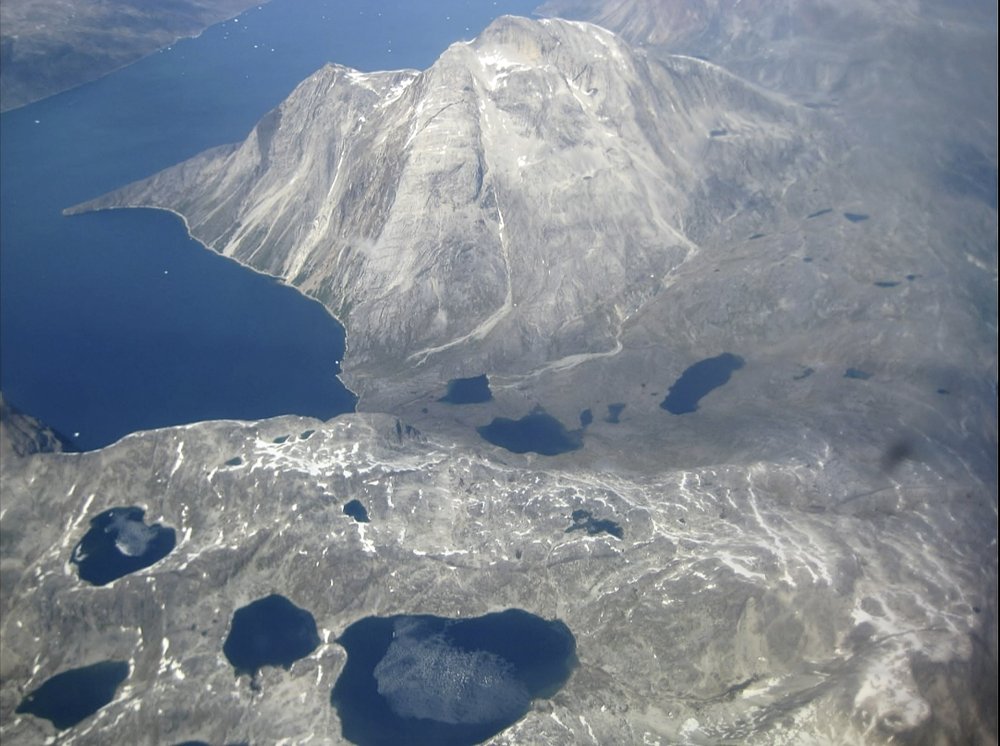BERLIN: The heat wave that smashed high temperature records in five European countries a week ago is now over Greenland, accelerating the melting of the island’s ice sheet and causing massive ice loss in the Arctic.
Greenland, the world’s largest island, is a semi-autonomous Danish territory between the Atlantic and Arctic oceans that has 82% of its surface covered in ice.
The area of the Greenland ice sheet that is showing indications of melt has been growing daily, and hit a record 56.5% for this year on Wednesday, said Ruth Mottram, a climate scientist with the Danish Meteorological Institute. She says that’s expected to expand and peak on Thursday before cooler temperatures slow the pace of the melt.
More than 10 billion tons (11 billion U.S. tons) of ice was lost to the oceans by surface melt on Wednesday alone, creating a net mass ice loss of some 197 billion tons (217 billion U.S. tons) from Greenland in July, she said.
Mottram said since June 1 — roughly the start of the ice-loss season — the Greenland ice sheet has lost 240 gigatons (240 billion metric tons) this year. That compares with 290 gigatons lost overall in the 2012 melt season, which usually goes through the end of August.
A June 2019 study by scientists in the U.S. and Denmark said melting ice in Greenland alone will add between 5 and 33 centimeters (2 to 13 inches) to rising global sea levels by the year 2100. If all the ice in Greenland melted — which would take centuries — the world’s oceans would rise by 7.2 meters (23 feet, 7 inches), the study found.
(Agencies)









Comment